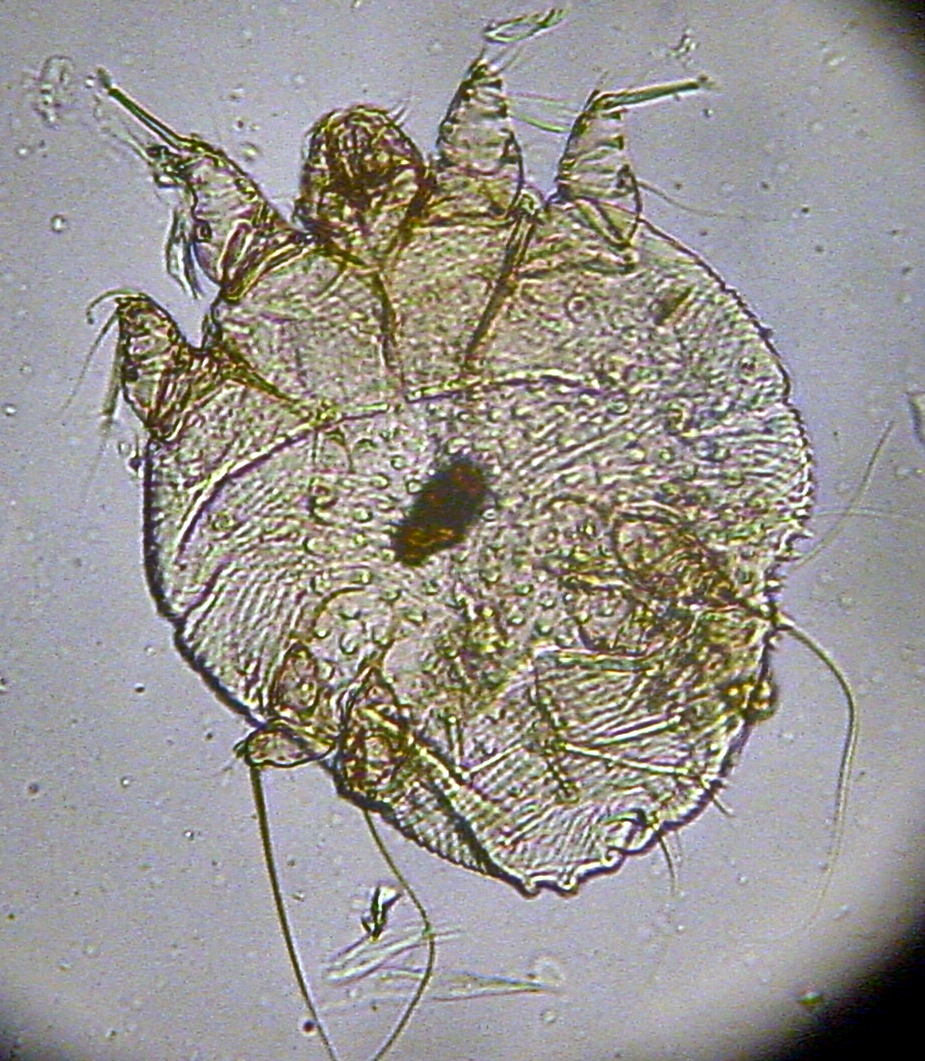An eight-year-old Golden Retriever named Mango presents to your clinic for marked patches of hair loss, especially around her ears, elbows, and abdomen. She is otherwise in good health, and her Owner notes that she seems increasingly itchy for the last couple of weeks. When you ask about any changes in Mango's routine, the Owner remembers that they switched Mango to a new type of chicken kibble about two months ago. She has one feline housemate and enjoys playing in the woods outside the Owner's home. What is the signalment of the patient?
An eight-year-old female Golden Retriever
A citizen reports that an eagle near a local park has been on the ground for a day or two, and seems to be stumbling around according to multiple witnesses. The DNR humanely euthanizes the formel and submits it to the Wisconsin Veterinary Diagnostic Laboratory for necropsy. Further investigation reveals that the park is frequented by people and dogs, and is located near a vast lot of hunting grounds utilized by local deer hunters. Name one differential diagnosis for the patient.
Lead toxicosis, High Path. Avian Influenza, West Nile Virus, Avian Vacuolar Myelinopathy, Neoplasia, Infection
You work at a small animal clinic in Madison, WI when one of your patients, a 3-year-old Frenchie named Monkey, presents for a presumed case of blastomycosis. What type of infectious agent is Blastomyces dermatitidis?
Fungus!
You are serving on the Zoological Medicine rotation when the local zoo calls about one of their resident Asian elephants. Macho, 20 years old, is one of three bulls at the Zoo and one of two currently eating less than usual. Additionally, Macho recently developed ventral subcutaneous edema, and his zookeepers state that he is “not himself” when giving him routine affection and treats. What do you recommend until the elephant can be seen?
Isolate, PPE, observe, monitor others
What is one follow up question you'd like to ask the owner?
Duration? Reoccuring problem? Seasonal? Severity? Comorbidity? E/D/U/D as normal? Preventatives? Supplements? Goals?
What is an important consideration when submitting this specimen to the WVDL for further evaluation?
Telling them you are submitting an eagle that may be infected with a zoonotic disease
Within the following weeks, seven other patients of yours are diagnosed with Blastomycosis. By investigating your records, you make the astute observation that all owners live in the same neighborhood. Concerned that there may a central inciting cause, you decide to utilize testing equipment in your clinic and sample the neighborhood and surrounding environment in hopes of providing your clients with an answer. Name one concern with this approach.
Exposure to untrained and unprotected personel, intended use of testing equipment, notification to public authorities
You draw blood for testing and results reveal that Macho is seropositive for Mycobacterium tuberculosis. What does this indicate?
Previous exposure to Mycobacterium tuberculosis- infection? vaccination?
Name one differential diagnosis for the patient
Atopy, bacterial infection, parasitization (mites, fleas, scabies, other), immune-mediated disease. Can you think of any others?
The eagle tests positive for West Nile Virus, but you are suspicious there may be something else going on as well. Should Rabies be on your list of other differential diagnoses?
No- why?
Someone who examines disease outbreaks and how health is maintained in animal and human populations
Epidemiologist!
You also perform a truncal wash, which is 100% specific for TB testing in elephants. What does this mean?
We believe the positive! Negatives not so much
"When the patient is a dog and the complaint is pruritus, always think ____ first."
Parasites!
West Nile Virus is reportable disease. What does this mean?
It is on an international list of diseases that must be reported to animal health authorities for the purpose of implementing preventive, control or eradication measures and safeguarding human and animal health
Index case (not primary case). In an infection that goes unnoticed, an index case does not exist.
You culture Mycobacterium tuberculosis from Macho's truncal wash. What do you tell Macho's team of caretakers?
Macho is harboring a tuberculosis infection that can be transmitted to humans- he should be quarantined, shedding should be monitored, and the team should seek human medical care.
You perform a skin scraping and identify the following the organism. What is it and what do you tell the owner?

Sarcoptes scabiei- it is zoonotic!
Who might you report this disease to?
State Veterinarian at the Department of Agriculture, Trade and Consumer Protection (Dr. Darlene Konkle)
True or False: If given explicit consent, veterinarians are authorized to treat humans who work in high-risk settings when confirmed to possess the same disease as the animals under their care
FALSE! The treatment and prevention of zoonotic disease in humans requires collaboration among human medical professionals, public health veterinarians, state officials, epidemiologists, biologists, researchers, and others.
TB has also been demonstrated to transmit from humans back to elephants. What is the term for this type of transmission?
Reverse zoonosis. Can you name one other disease with this characteristic?